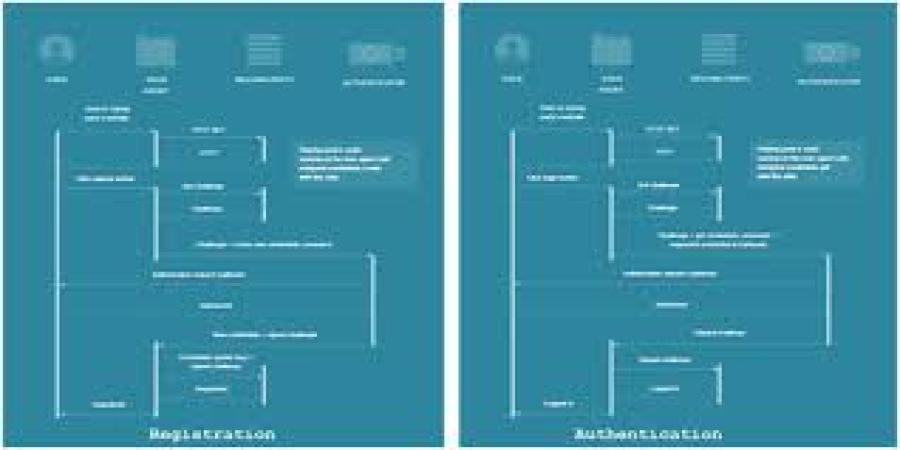How to Build Web Apps for Wearable Devices
Wearable devices like smartwatches, fitness trackers, and AR glasses are rapidly reshaping how users interact with technology. For freelancers and web developers on FreelancerBridge, building web applications optimized for these devices opens new opportunities in an expanding market. However, developing web apps for wearables requires a unique approach, focusing on limited screen sizes, sensor integration, and real-time responsiveness. This article explores the essential steps, best practices, and tools to create efficient, user-friendly web apps tailored specifically for wearable devices.
Long Description
The wearable technology market is booming, and web apps designed for these devices offer seamless access to data, notifications, and interactive experiences on the go. To help freelancers excel in this niche, understanding the intricacies of wearable web app development is critical.
1. Understanding Wearable Devices and Their Web Ecosystem
Wearables differ significantly from traditional devices in terms of screen size, input methods, processing power, and battery life. Popular wearables like Apple Watch, Fitbit, and Google Wear OS devices support web technologies, often through web views or progressive web apps (PWAs). This opens the door for web developers to leverage HTML5, CSS, and JavaScript in building apps that run smoothly on wearables.
2. Key Considerations When Building Web Apps for Wearables
Responsive and Adaptive Design: Since screen real estate is limited, web apps must use fluid layouts, scalable fonts, and touch-friendly UI components to ensure usability.
Performance Optimization: Efficient code and minimal resource consumption are vital to conserve battery life and maintain smooth performance.
Context-Aware Features: Utilize wearable sensors (heart rate, GPS, accelerometer) to create personalized experiences based on the user’s environment and activity.
Offline Functionality: Implement caching and offline support using service workers to maintain app usability without constant connectivity.
Security and Privacy: Prioritize data encryption and secure user authentication, especially for health-related wearables handling sensitive information.
3. Steps to Build Web Apps for Wearables
Define Use Cases and User Needs: Start by identifying the specific problems your wearable app will solve — fitness tracking, notifications, reminders, or real-time alerts.
Design for Simplicity: Create clean, minimal interfaces with easily accessible controls. Avoid clutter and focus on essential features.
Choose the Right Frameworks: Use lightweight, flexible frameworks like React Native Web, Vue.js, or Angular with PWA capabilities to support cross-device compatibility.
Integrate APIs for Sensor Data: Connect to wearable sensors via device-specific APIs or Web Bluetooth/Web USB standards to collect real-time data.
Test Across Devices: Perform extensive testing on different wearable OS platforms and screen sizes to ensure consistent performance and appearance.
Optimize Load Times: Compress assets, use lazy loading, and minimize JavaScript to speed up app loading on devices with limited bandwidth.
Implement Notifications: Use push notifications strategically to engage users without overwhelming them.
4. Tools and Technologies to Use
Progressive Web Apps (PWAs): PWAs offer native-like experiences on wearables without requiring app store installations.
Web Bluetooth API: Enables communication between the web app and wearable sensors for live data streaming.
Service Workers: Provide offline functionality and background sync to enhance reliability.
CSS Media Queries: For adapting UI layouts to different screen resolutions and orientations.
Analytics Tools: Track user interactions and app performance to iterate and improve.
5. Challenges and How to Overcome Them
Limited Processing Power: Optimize code and offload heavy tasks to cloud services.
Battery Constraints: Minimize background activity and sensor polling frequency.
Fragmented Ecosystem: Wearables use various OSs; focus on cross-platform compatibility or prioritize dominant platforms.
Security Risks: Encrypt data in transit and storage; follow best practices for user privacy.
6. Opportunities for Freelancers on FreelancerBridge
Custom Wearable Web App Development: Offer specialized services to startups and enterprises exploring wearables.
Consulting on UX/UI Design for Wearables: Guide clients in designing intuitive, wearable-friendly interfaces.
Integration with IoT and Mobile Apps: Build hybrid solutions that sync wearable web apps with smartphones and smart home devices.
Maintenance and Optimization: Provide ongoing support to ensure app performance and security.
7. Future Trends in Wearable Web Apps
AI and Machine Learning Integration: Enhance personalization by analyzing wearable data.
Voice and Gesture Control: Incorporate hands-free controls using voice assistants and motion sensors.
5G Connectivity: Enable faster data exchange and richer interactive experiences.
Augmented Reality (AR): Develop AR-enabled wearable apps for immersive user experiences.
Conclusion
Building web apps for wearable devices is an exciting frontier for freelancers on FreelancerBridge. By focusing on responsive design, sensor integration, and performance optimization, developers can create powerful, engaging web experiences that meet the unique demands of wearables. Staying current with evolving technologies and best practices ensures that freelancers can deliver innovative solutions and capture opportunities in this growing market.


 by Emily
by Emily




